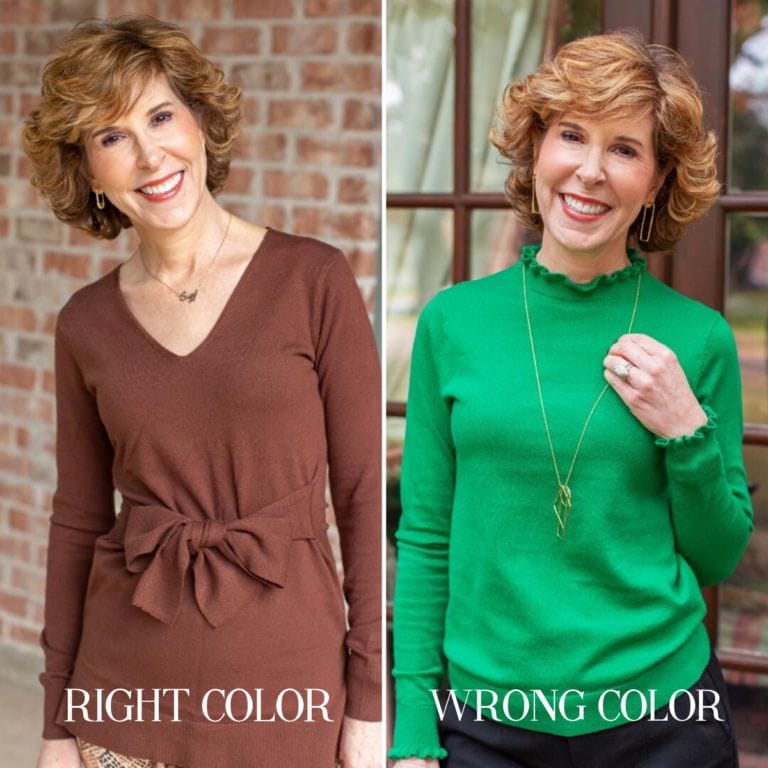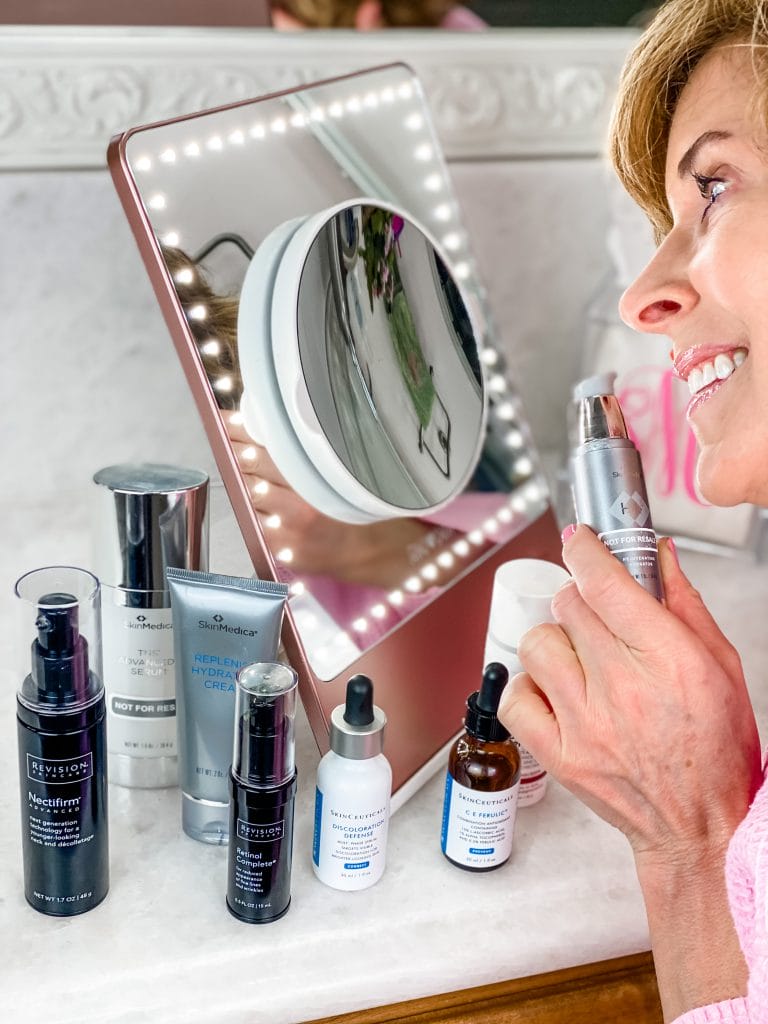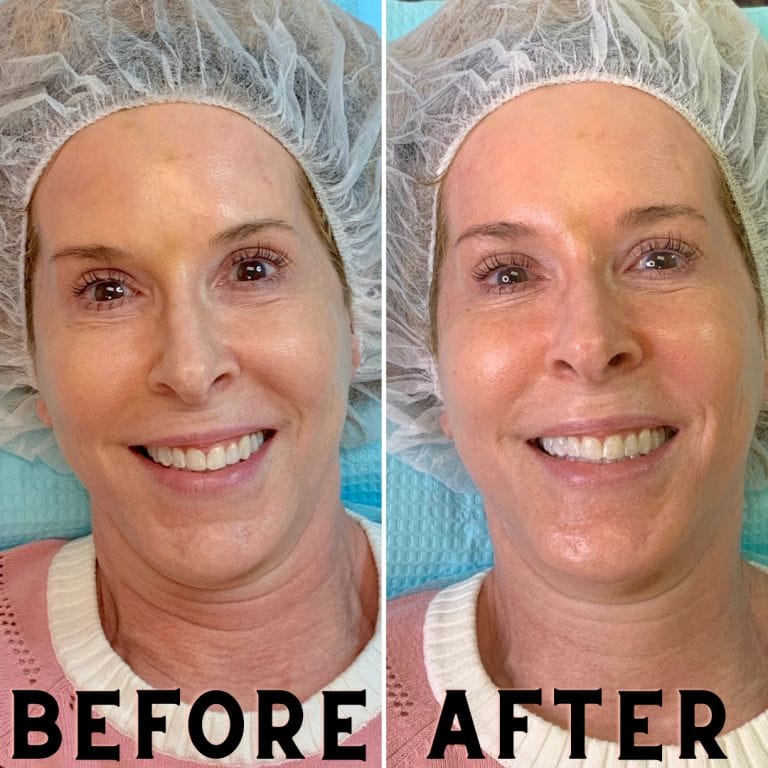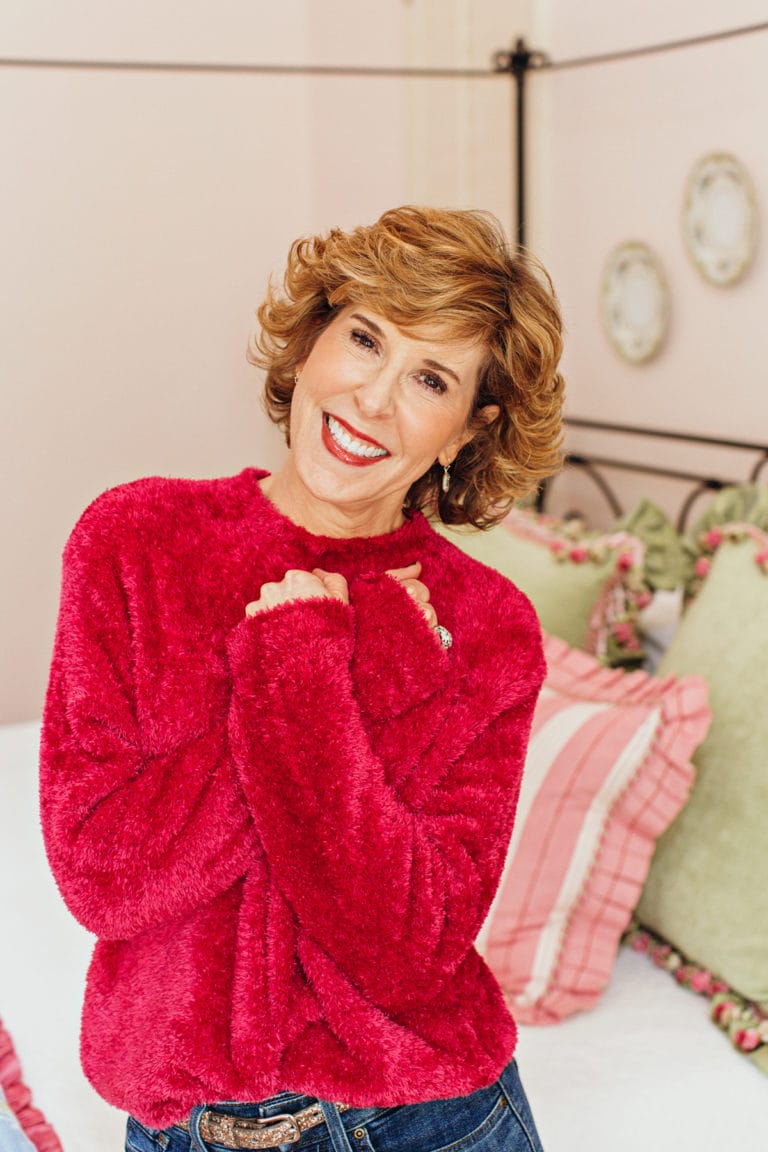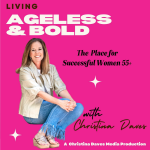A Dermatologist Answers Your Botox Questions + Sharing My Experience

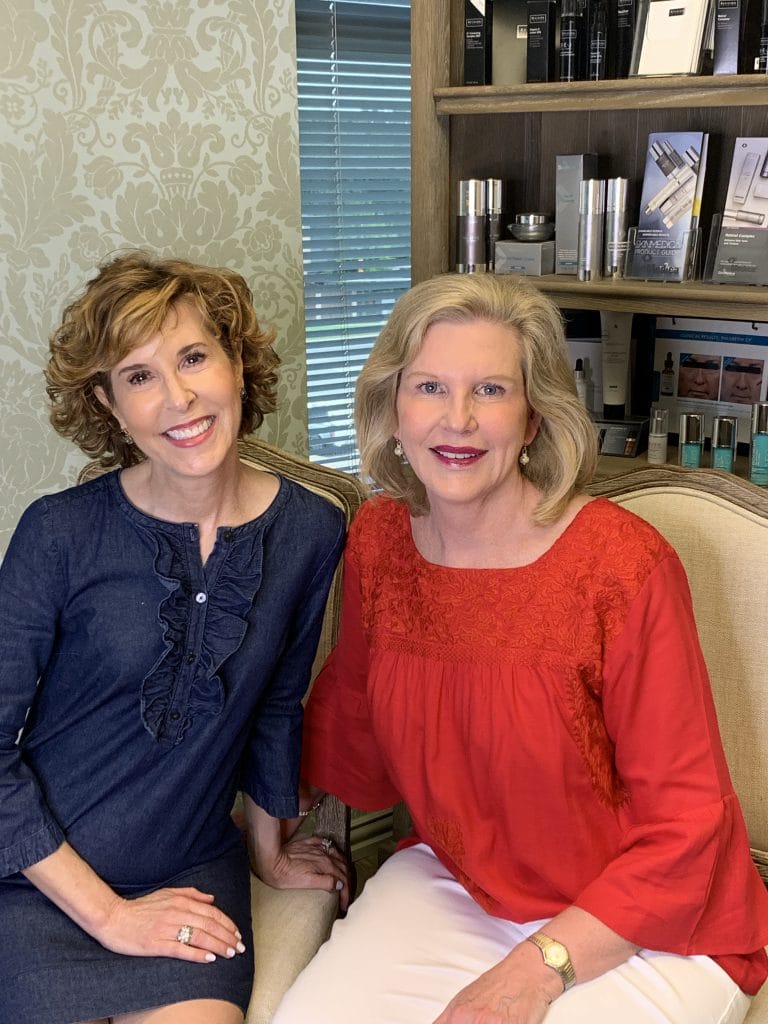
This year, I’m partnering with the dermatologists at The Dallas Center for Dermatology & Aesthetics to get straight answers to your questions about everything from skincare to aesthetics. As a part of that partnership, this procedure was complimentary. All opinions are my own.
I’m so excited about this post because information about anti-aging cosmetic procedures is something you all have asked about repeatedly! So this year, I decided to partner with The Dallas Center for Dermatology & Aesthetics to get expert answers to the questions you all ask the most!
We started by talking about skincare products, and as a part of that conversation, Dr. Lori Stetler put me on an ideal daily skincare regimen for women over 50. I’ve used the medical-grade skincare products she recommended for nearly six months, and I’ll be sharing my honest review of those in the next few weeks. The Dallas Center for Dermatology & Aesthetics kindly offered Empty Nest Blessed followers a 10% discount on orders from the DCDA online store! Just use code ENB10.
We started with skincare, and we’re building from there. If you haven’t checked out my other posts with DCDA, this might be a good time for a review!

The Midlife Makeup
Mistakes You May Be Making
Plus, How to Fix Them!
Already a subscriber?
Enter your email—you won’t be
subscribed twice!
- BEAUTY OVER 50 | KEY SKINCARE INGREDIENTS FOR WOMEN OVER 50
- BEST SKINCARE PRODUCTS FOR WOMEN OVER 50 | AN IDEAL DAILY REGIMEN
- A DERMATOLOGIST ANSWERS YOUR SKINCARE OVER 50 QUESTIONS
- THE HYDRAFACIAL: A BRIGHTENING, GLOW-INDUCING TREATMENT FOR YOUR SKIN
Today, we’re moving on to Botox and answering common Botox questions. According to the American Society of Plastic Surgeons, during 2020, the total number of minimally invasive cosmetic procedures performed decreased by 16%. Still, even during the pandemic, there were 13.3 million! Botulinum toxin type A procedures topped the list with 4.4 million, followed by soft tissue fillers with 3.4 million. (Which we’re going to cover next!)
A few weeks ago, Dr. Stetler sat down with me for a wide-ranging interview on everything botox. She answered all of my Botox questions! I learned a lot, and I know you will too! You can watch the entire 15-minute interview on my YouTube Channel, my IGTV Channel on Instagram, or at the bottom of this post.
My Botox Story
I’ve used Botox since I was in my late 30s. I started getting botox injections as a treatment for chronic migraines. (Botox is FDA-approved for chronic migraines, which means headache on 15 or more days a month.) As a young mom, it was a lifesaver for me! Honestly, not only did I find relief, but I also enjoyed having a smooth forehead! (To read more about using Botox for migraines, click HERE.)
I’ve continued to use botox, not only as a migraine preventative but now also as an anti-aging treatment. I get injections every 3-4 months, and I’ve expanded from just my forehead! (Dr. Stetler talks in the video about exactly where she places my injections.) Botox has been the most powerful anti-aging treatment I’ve used in conjunction with sun protection and retinoids.

Botox Questions With Dr. Stetler
Dr. Lori Stetler is a board-certified dermatologist, a clinical professor at UT Southwestern, and the founder of the Dallas Center for Dermatology & Aesthetics. She’s also my friend, a fellow Baylor Bear, and a fifty-something empty nester just like all of us! To read more about Dr. Stetler, click HERE. I’m grateful to her for joining me and letting me ask ALL the botox questions!
What exactly is Botox and how does it work?
Botox is a purified protein from a bacterium, and when we inject it in tiny quantities, it blocks signals from the nerves to the muscles so those muscles can no longer contract. We’re essentially setting up a roadblock so the muscle stays relaxed and wrinkles soften.
What are some medical uses for Botox?
Botox has a long history of safe and effective use. Medically, Botox is used to treat:
- Migraines
- Excessive sweating, known as Hyperhidrosis
- Eye spasms
- Cerebral palsy
- Loss of bladder control
What are the most common cosmetic uses for Botox?
- Crows feet
- Bunny lines (around the nose)
- Frown lines (between the eyebrows, known as ‘glabella’)

What are some uncommon cosmetic uses for Botox?
- Vertical lines in the upper lip
- Marionette lines
- Neck bands (platysmal bands)
- Gummy smile
- Masseters (to relieve TMJ for those who clench their jaw)
What are the potential side effects of Botox? Which are the most common?
The most common side effects of Botox are related to the injection site. These include bruising, redness, and minor swelling. Eye drooping occurs less than 1% of the time. This usually happens from injecting in the forehead. This is why it’s important to seek a board-certified dermatologist who has received years of education and specialized training.
Suzy’s note: I couldn’t agree more! Over the past 20 years or so that I’ve used botox, I’ve used 4 different providers, ranging from aestheticians to dermatologists. What I’ve found is that the skill level of the provider varies! Botox is expensive, and the skill level of the provider is part of what you pay for. Also, it goes into your face! My advice is to find a board-certified dermatologist who has lots of experience.
How long does Botox last?
The national average is four months.
Suzy’s note: I usually go about every three to four months.

How much does Botox cost?
Our practice charges by the area. For example, the average cost for treating frown lines is $450. Botox in multiple areas can cost up to $975. One of our providers can determine a specific treatment plan during a cosmetic consultation based on the patient’s specific skincare goals.
Is Dysport the same as Botox? How do they differ?
Dysport is a different neurotoxin that is similar to Botox. Dysport binds to a different receptor area, and yet it functions similarly.
As a physician, when would you choose to use Dysport rather than Botox?
Botox has been around longer, so most people come in asking for Botox by name. If a patient asks for Dysport specifically, we’re happy to accommodate their request. If a patient has had Botox previously with less-than-desirable results, we will discuss Dysport as an option. Dysport tends to spread more within the treatment area compared to Botox. This can help treat hyperhidrosis, for example, because we can essentially cover a larger area with the same dosing. Whereas for most cosmetic uses, we want the neurotoxin to stay in a targeted area.
What about topical products that are marketed as “Botox
alternatives?” Can topical products have the same effects?
There is no topical Botox available currently. However, it is being studied in clinical trials. Products with peptides, such as Revision Skincare’s Revox, may work well in combination with Botox treatments to combine the effects of both in reducing wrinkles.
Suzy’s note: If you watch the video of our interview, you’ll see that I offered to “hold” the Revision Skincare’s Revox that Dr. Stetler brought and shared during our discussion! 😂 I’ve used it for a week or so, and I love it as a support product for my Botox!
What is the average age you see women begin to use Botox?
The average age of women we see coming in for Botox is 35 years old.

Is there an age that you would consider too young or too old?
There is a trend in younger patients who want to have “preventative” Botox. As a general rule, when you see little etched in lines (crow’s feet) appearing, that’s when to start – helping to prevent them from becoming deeper lines. My advice is not to start too soon, especially if there are truly no visible lines to treat. FDA studies have included patients up to age 65.
Interestingly, my oldest patient who gets Botox is 92 years old (or young, depending on your perspective)! While Botox may not be as effective in your 80’s as in your 40’s, you’re still slowing down the aging process.
Still have Botox questions? To read more about Botox (and Dysport) at the Dallas Center for Dermatology & Aesthetics (as well as view before and after photos), click HERE.
I’ve been using Botox for 20 years, yet, I learned so much during this interview! (My absolute favorite thing was learning that her oldest Botox patient is 92 years old! 💗💗💗) I hope you learned as much as I did today!
If you have additional Botox questions you’d like me to ask Dr. Stetler, leave me a comment below, okay?






